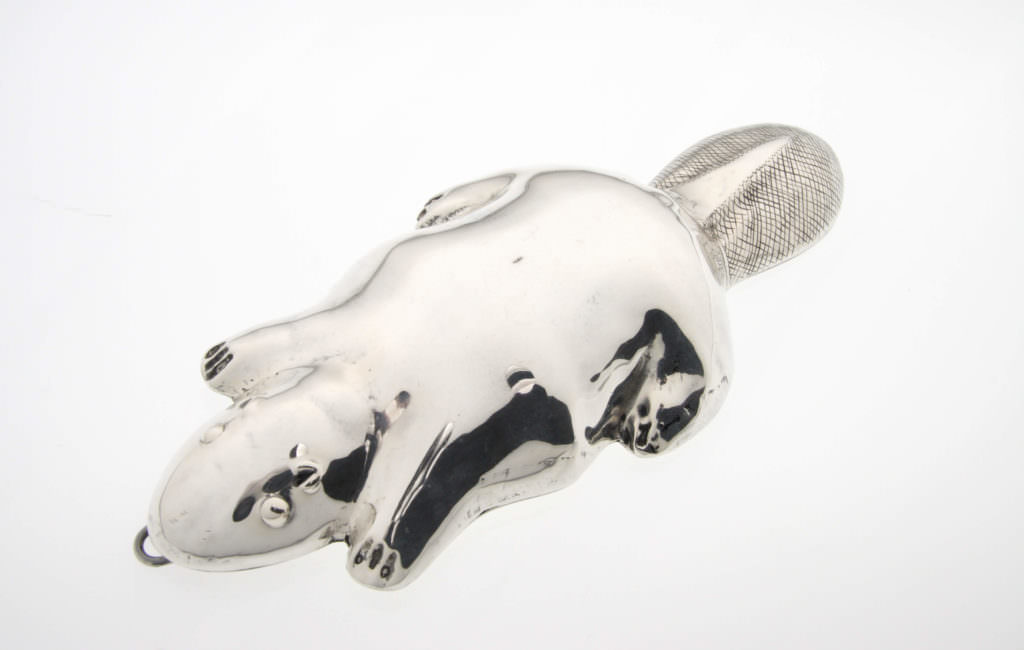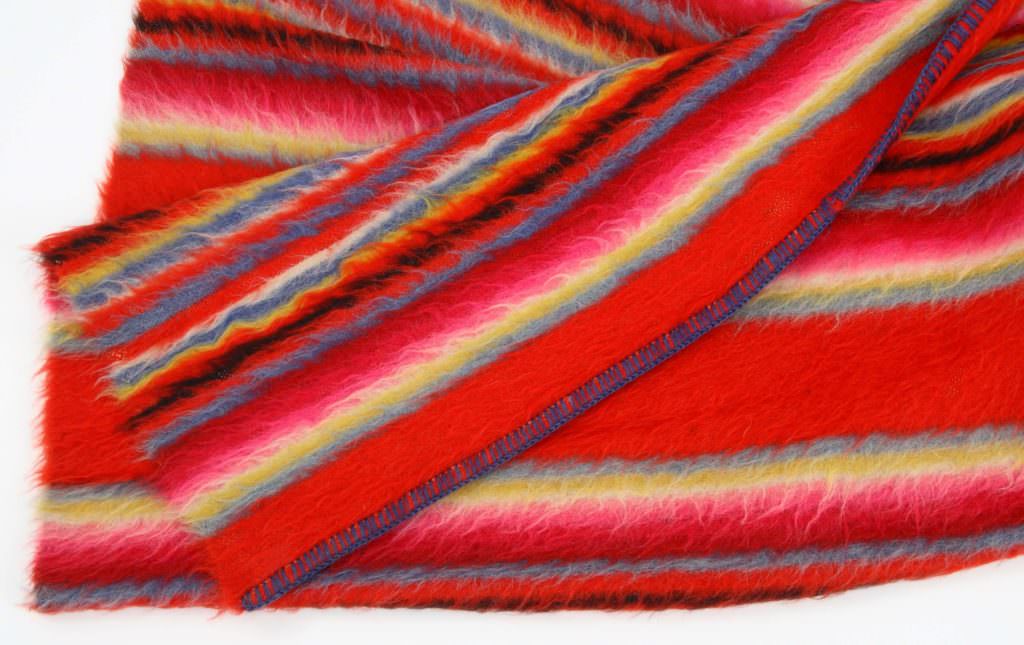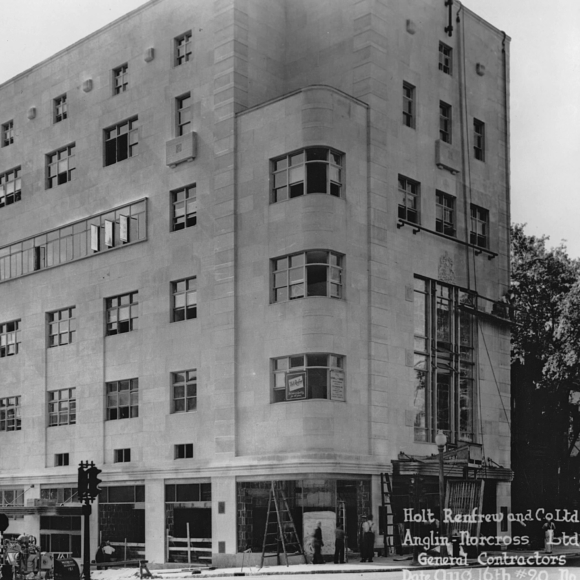Hudson’s Bay Company (HBC) is a publicly traded Canadian company active in the retail sector and real estate. Although it owns several department store chains outside the country, its name is primarily associated with Hudson’s Bay stores.
In addition to offering a range of international brands of clothing, accessories, furniture, appliances, cosmetics and toys at a variety of price points, HBC produces its own extensive collection of heritage-inspired home products featuring the blue, yellow, red and green stripes of its iconic wool blankets that were bartered during the 19th century fur trade.
HBC has also been a partner of the Canadian Olympic Committee since 2005. As such, the company is in charge of creating the national collections worn by athletes during the Olympic, Paralympic and Pan-American Games, along with the Team Canada replica wear sold in the stores to the general public.
Early days
Although HBC is the oldest publicly traded company in the English-speaking world, it was actually founded by two Frenchmen, Pierre-Esprit Radisson and Médart Chouart, in the 17th century.
Convinced that the route to a wealth of fur lay through Hudson Bay, they asked King Charles II of England to finance their expeditions.
Officially created in 1670 under a Royal Charter, their company traded in Hudson Bay and was called the Company of Adventurers of England.
The Company established a number of forts and trading posts around the James and Hudson bays, a territory then known as Rupert’s Land. Trappers would trade their furs for manufactured goods. In 1821, the Company merged with its main rival, the North West Company, which enabled it to extend its activities over a large part of North America.

Boots, 1900-1930. ME957.1.1-2 © McCord Museum
From the fur trade to retail
When the Hudson’s Bay Company lost its trading monopoly in Rupert’s Land following the 1870 Deed of Surrender, it decided to focus on the retail trade by transforming its trading posts into stores.
From that moment on, these businesses no longer bartered for goods but sold their own merchandise.
In 1881, HBC came out with its first mail-order catalogue in order to reach rural customers, who at that time represented the majority of citizens in the country.
Diversification and acquisitions
The Company has often operated in sectors other than retailing. During the First World War (1914-1918), it supplied France with food and ammunition. Later, it acquired fisheries in Newfoundland, operated oil fields in Alberta, opened wholesale offices in Paris and New York, and sold farmland in Western Canada.
Hit hard by the stock market crash of 1929, HBC nonetheless acquired competitors like Révillion Frères, Lamson & Hubbard and the Canalaska Trading Company. The 1960 purchase of the Henry Morgan Company, which operated ten department stores in Toronto, Montreal, Hamilton and Ottawa, offered HBC new inroads into retailing. To give its stores a uniform image across the country, in 1965 HBC decided to group them all under the name The Bay in English-speaking provinces, and La Baie in Quebec.
Eager to develop new markets, HBC purchased Canadian retailers Zellers and Simpsons in 1978 and 1979, before the Thomson Group purchased 75% of HBC. In 1981, the challenging economic climate forced the company to refocus on retail and real estate. In all, the company sold off 12 wholly or partially owned corporations, including Roxy Petroleum.
Technology and renaissance
The arrival of the new millennium coincided with HBC’s embrace of technology as it launched its first e-commerce site in 2000.
In 2013, the company updated its logo again and rebranded The Bay (La Baie) stores, calling them Hudson’s Bay (La Baie d’Hudson).
As of 2018, HBC is the owner of the North American department stores Hudson’s Bay, Lord & Taylor, Saks Fifth Avenue and Saks OFF 5TH. It also owns the Galeria Kaufhof chain of department stores in Germany along with its Belgian subsidiary Galeria Inno. HBC itself is now held by the American investment firm National Realty and Development Corporation (NRDC) Equity Partners.
Sources
patrimoinehbc.ca External link
“About National Realty & Development Corp.” National Realty & Development Corp., National Realty & Development Corp. https://www.nrdc.com/about-nrdc/company-profile, 2018. External link
“Compagnie de la Baie d’Hudson.” Répertoire du patrimoine culturel du Québec, Gouvernement du Québec, 2013, http://www.patrimoine-culturel.gouv.qc.ca/rpcq/detail.do?methode=consulter&id=7389&type=pge#.W6vF4RNKit8. External link
“History of HBC.” Hudson’s Bay Company, Hudson’s Bay Company (HBC), http://www.hbcheritage.ca/history, 2018. External link
Publication date
01/10/2004
Writing
Dicomode
Revision
Madeleine Goubau, Collaborator







